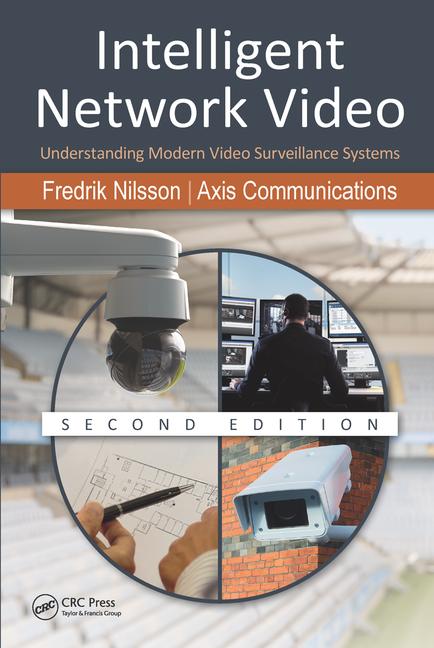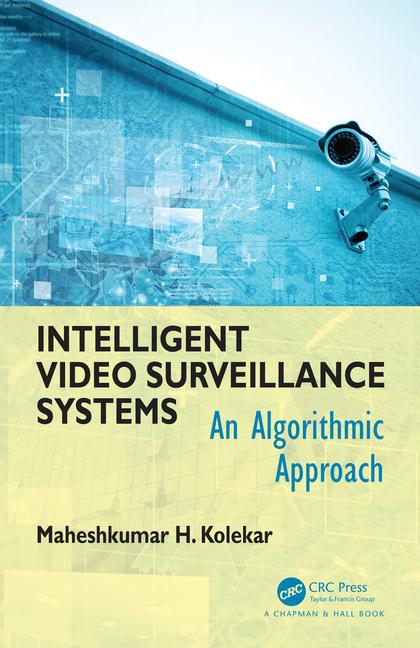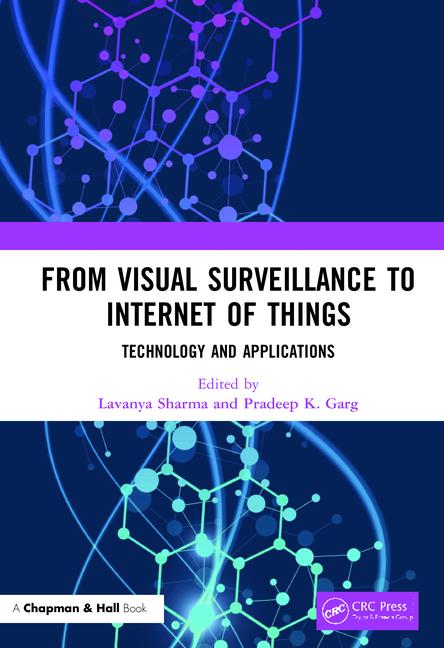VIDEO SURVEILLANCE: Demystifying Data Transport
Transmission Control Protocol/ Internet Protocol (TCP/IP) is the most common protocol for transmitting all types of data on computer networks. Essentially, TCP/IP acts as a carrier for many other more familiar protocols, such as Hyper Text Transfer Protocol (HTTP) for Web browsing.
The use of TCP/IP in network security video is the basis for enabling images to be sent over the network and the Internet. It is also essential in ensuring that a network video system will integrate with a building’s other IP-based systems like facility management and access control systems.
Most Internet users recognize the higher layer application protocols that use TCP/IP to get to the Internet – HTTP, File Transfer Protocol (FTP) and Simple Mail Transfer Protocol (SMTP). The lower layer is less recognizable, but is critical for locating a device on a network. Every networked device, such as an e-mail server or a network camera, must have its own address on the Internet.
IP addresses are most often set automatically, although they can be changed manually if there is a need. For automatic settings, the device must be enabled with Dynamic Host Configuration Protocol (DHCP). This means there is a DHCP server on the network that automatically sets the IP addresses and keeps track of all devices on the network.
For communicating via networks, TCP/IP is the protocol of choice because it is well designed, scalable and accepted as an industry standard. It is standard on almost all operating systems, allowing connectivity between different systems. This is particularly useful in network video systems. Network cameras and video servers often operate on a Linux-based platform, while PCs are primarily Windows-based. Using TCP/IP means that the devices can still communicate with one another.
TCP/IP is also available in the public domain, so there are no restrictions on use and no royalties to pay. Anyone can use TCP/IP to design applications that enhance network video systems, such as video management software and intelligent video algorithms. This is key because users are never locked into a single vendor and can mix and match software and hardware in order to build the best system.
Finally, TCP/IP is useful for securing network video transmissions and enabling features such as Power over Ethernet.
When using TCP/IP, there are three ways data can be transmitted from the source to a user on a computer network: unicasting, multicasting and broadcasting. Today, most network video systems use unicasting because it enables the sender and recipient to communicate on a point-to-point basis. Data is sent solely to one recipient and no other computers on the network need to process the information.
Multicasting and broadcasting are much less practical for network video applications because they allow hundreds of users to view video at the same time. In most security and surveillance installations it is not necessary to have this many users view the video.
The use of TCP/IP in network security video is the basis for enabling images to be sent over the network and the Internet. It is also essential in ensuring that a network video system will integrate with a building’s other IP-based systems like facility management and access control systems.
Deciphering TCP/IP
It is best to think of TCP/IP as having two layers: TCP and IP. The higher layer, TCP, breaks data into smaller packets that are transmitted over the Internet and then reassembled at the destination. The lower layer, IP, is the address that enables the packet to arrive at the correct destination. In snail mail terms, TCP is the letter; IP is the envelope.Most Internet users recognize the higher layer application protocols that use TCP/IP to get to the Internet – HTTP, File Transfer Protocol (FTP) and Simple Mail Transfer Protocol (SMTP). The lower layer is less recognizable, but is critical for locating a device on a network. Every networked device, such as an e-mail server or a network camera, must have its own address on the Internet.
IP addresses are most often set automatically, although they can be changed manually if there is a need. For automatic settings, the device must be enabled with Dynamic Host Configuration Protocol (DHCP). This means there is a DHCP server on the network that automatically sets the IP addresses and keeps track of all devices on the network.
For communicating via networks, TCP/IP is the protocol of choice because it is well designed, scalable and accepted as an industry standard. It is standard on almost all operating systems, allowing connectivity between different systems. This is particularly useful in network video systems. Network cameras and video servers often operate on a Linux-based platform, while PCs are primarily Windows-based. Using TCP/IP means that the devices can still communicate with one another.
TCP/IP is also available in the public domain, so there are no restrictions on use and no royalties to pay. Anyone can use TCP/IP to design applications that enhance network video systems, such as video management software and intelligent video algorithms. This is key because users are never locked into a single vendor and can mix and match software and hardware in order to build the best system.
Finally, TCP/IP is useful for securing network video transmissions and enabling features such as Power over Ethernet.
When using TCP/IP, there are three ways data can be transmitted from the source to a user on a computer network: unicasting, multicasting and broadcasting. Today, most network video systems use unicasting because it enables the sender and recipient to communicate on a point-to-point basis. Data is sent solely to one recipient and no other computers on the network need to process the information.
Multicasting and broadcasting are much less practical for network video applications because they allow hundreds of users to view video at the same time. In most security and surveillance installations it is not necessary to have this many users view the video.
Links
Looking for a reprint of this article?
From high-res PDFs to custom plaques, order your copy today!





